Attachment between parents and children is a critical bond to nurture early in life—as early childhood expert Anne Meeker Watson says, “the greatest contribution you can make to the life and health of a young child is to help him and his parent or parents form a secure attachment.” Some parents may find it easy to engage in the type of interactive playing, singing, talking, and reading that creates strong bonds and contributes to healthy development. But others, especially those who experience trauma or other risk factors, may need a little extra guidance from their child’s teachers and other caregivers.
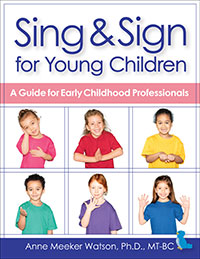 If you work with young children, take a minute to share these 7 positive parenting tips with the parents in your program. Excerpted and adapted from the new book Sing & Sign for Young Children by Anne Meeker Watson, these activities and practices will help parents strengthen their connection with their young children and boost cognitive, motor, and social-emotional skills at the same time.
If you work with young children, take a minute to share these 7 positive parenting tips with the parents in your program. Excerpted and adapted from the new book Sing & Sign for Young Children by Anne Meeker Watson, these activities and practices will help parents strengthen their connection with their young children and boost cognitive, motor, and social-emotional skills at the same time.
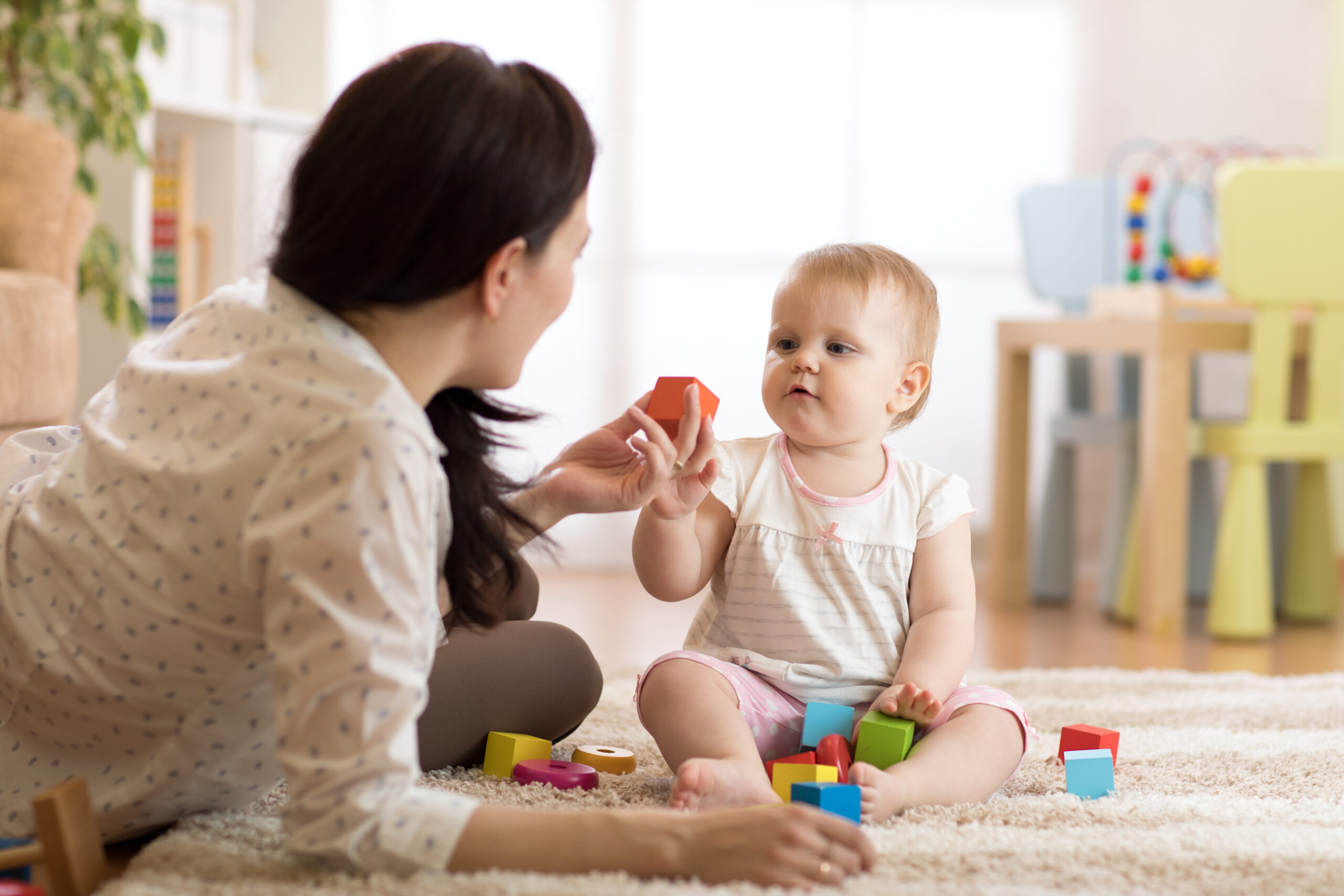 Sing the praises of (screen-free) floor play. Tell parents about the importance of floor play and uninterrupted time with their child. Suggest that this precious interval include no screen time for child or adult. A child’s earliest efforts to communicate include using eye gaze, pointing, grunting, and facial expression to direct their caring adult’s attention to what they want and need. Parents who are looking at a screen may miss all of this important information—and over time, the child may become disengaged or disinterested in the relationship. Advise parents to turn off phones, television, tablets, and computers as they play, sing, cuddle, and talk with their child.
Sing the praises of (screen-free) floor play. Tell parents about the importance of floor play and uninterrupted time with their child. Suggest that this precious interval include no screen time for child or adult. A child’s earliest efforts to communicate include using eye gaze, pointing, grunting, and facial expression to direct their caring adult’s attention to what they want and need. Parents who are looking at a screen may miss all of this important information—and over time, the child may become disengaged or disinterested in the relationship. Advise parents to turn off phones, television, tablets, and computers as they play, sing, cuddle, and talk with their child.
Teach parents some signed words. If you’re using sign language in your early childhood classroom to enhance communication (see Sing & Sign for Young Children to learn why that’s important!), teach parents some signs that will amplify the engagement and interest of the child as their play develops. What are words you using consistently during mealtime, book reading, or play centers? What signed words do you use when giving directions? Are there signed words the child uses expressively to request? Show parents the signed words you incorporate during your routines at school or center so they can use them at home, too.
Promote plentiful and specific praise. Encourage parents to give their child lots of praise and attention for all their spectacular accomplishments, such as stacking two blocks, clapping hands, or finding the race car under the chair. Suggest how they can model language by using specifics such as “You are great at rolling the ball. I love to play ball with you!” Parents who praise children for following spoken or signed directions are supporting their ability to perform tasks independently.
Make playtimes predictable. Ask parents to schedule uninterrupted playtime with their child as a consistent, predictable routine in their daily lives. There are always conflicts or interruptions that may preempt this important activity, but it’s essential to plan a time to connect and relax together. Advise parents to choose a time when the child is rested and relaxed and their hunger is satisfied. What children want most is not more toys; it is more time spent playing with toys in the company of their loving and attentive parent.
 Support silliness and humor. Remind parents to share their silliest and most gleeful self with their child. Their child is learning to “find the funny” in a variety of experiences. Adults can include comments such as “that was silly” or “you’re funny!” with their most mischievous grin to help their child develop their own sense of humor. Encourage parents to playing games like Peekaboo and laugh at the funny parts of songs they sing with their child.
Support silliness and humor. Remind parents to share their silliest and most gleeful self with their child. Their child is learning to “find the funny” in a variety of experiences. Adults can include comments such as “that was silly” or “you’re funny!” with their most mischievous grin to help their child develop their own sense of humor. Encourage parents to playing games like Peekaboo and laugh at the funny parts of songs they sing with their child.
Recommend repetition. Repetition is good. Repetition is good. Repetition is good. Grownups tend to tire of playing children’s games and singing songs long before kids ever do! Repeating these activities can sometimes be tough for parents, but remind them that these repetitions are giving their children important opportunities to practice and master simple motor and language activities. Kids also love the warmth and connection they feel with their caring adults when they can practice games and songs again and again in their loving and attentive company. Advise parents to sing or play these child-directed activities for as long as the child chooses.
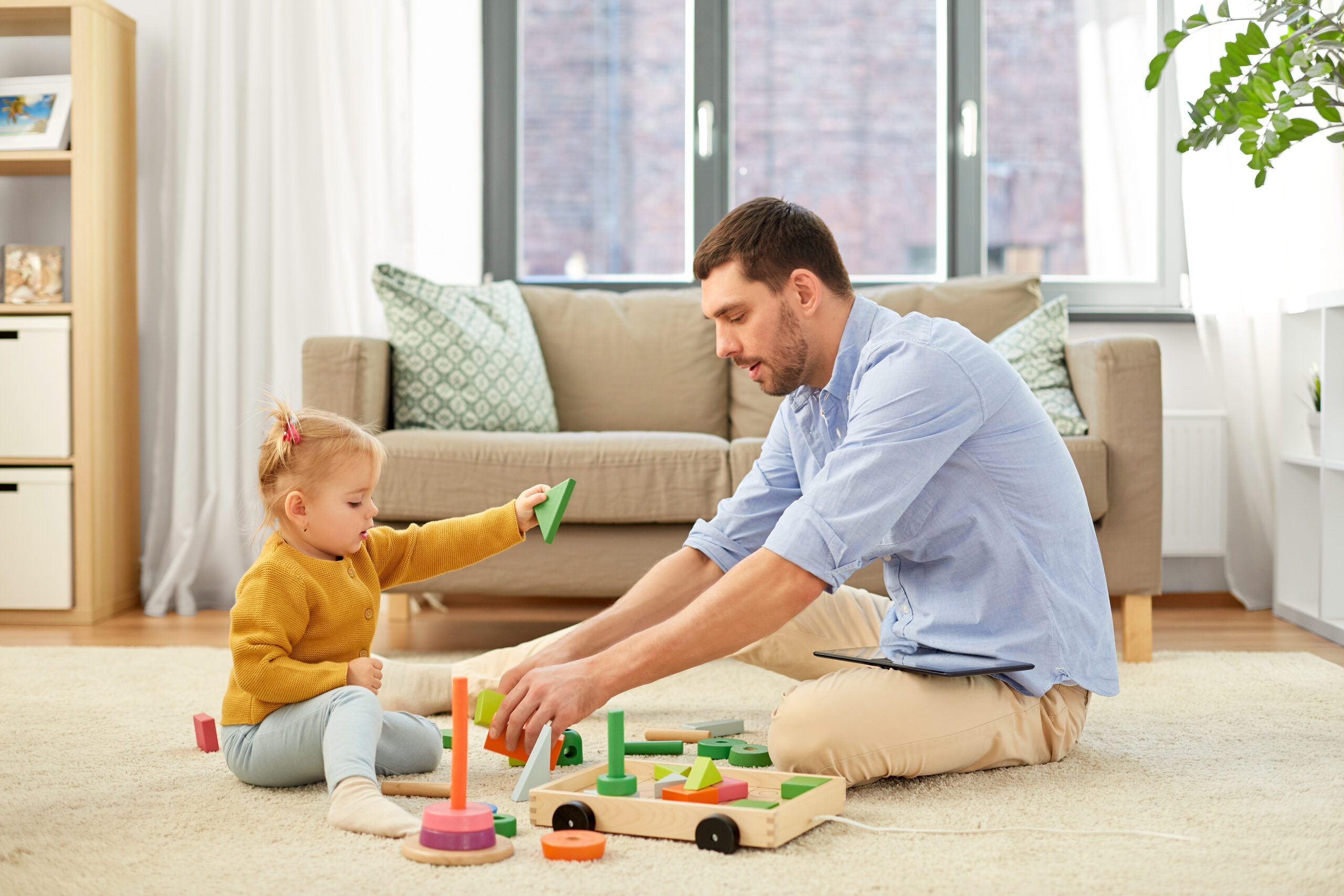 Show parents how to narrate playtimes. Research shows that parents who are using spoken and signed words to narrate and describe their child’s thoughts, feelings, or actions during play are demonstrating a high level of responsiveness toward their child. That’s important because high levels of parental responsiveness contribute to enhanced parent–child attachment—a bond that helps children manage emotions, develop social skills, and build confidence in themselves and the world around them. Model for parents how to narrate what the child is doing and what they might be feeling during play, since some parents may need support if this skill doesn’t come naturally.
Show parents how to narrate playtimes. Research shows that parents who are using spoken and signed words to narrate and describe their child’s thoughts, feelings, or actions during play are demonstrating a high level of responsiveness toward their child. That’s important because high levels of parental responsiveness contribute to enhanced parent–child attachment—a bond that helps children manage emotions, develop social skills, and build confidence in themselves and the world around them. Model for parents how to narrate what the child is doing and what they might be feeling during play, since some parents may need support if this skill doesn’t come naturally.
Do you have a favorite strategy to share with parents to help them strengthen attachment with their young children? Share it in the comments below—and for a complete guide to improving adult–child connections in your own program through sign language, music, and play, get the book that inspired today’s post!

Sing & Sign for Young Children
A Guide for Early Childhood Professionals
By Anne Meeker Watson, Ph.D.
Research shows that teaching sign language to all young children has a wide range of benefits, from enhancing social-emotional and preliteracy skills to supporting positive parent–child relationships. With Sing & Sign for Young Children, early childhood professionals will have a fun and highly effective way to teach and practice key ASL sign vocabulary through music and play. Dr. Anne Meeker Watson shows you how to transform daily activities—including arrival, mealtime, shared book reading, free play, and departure—into joyful learning opportunities infused with singing, play, and warm adult–child connections.
Stay up to date on the latest posts, news, strategies, and more!
Sign up for one of our FREE newslettersMore posts like this
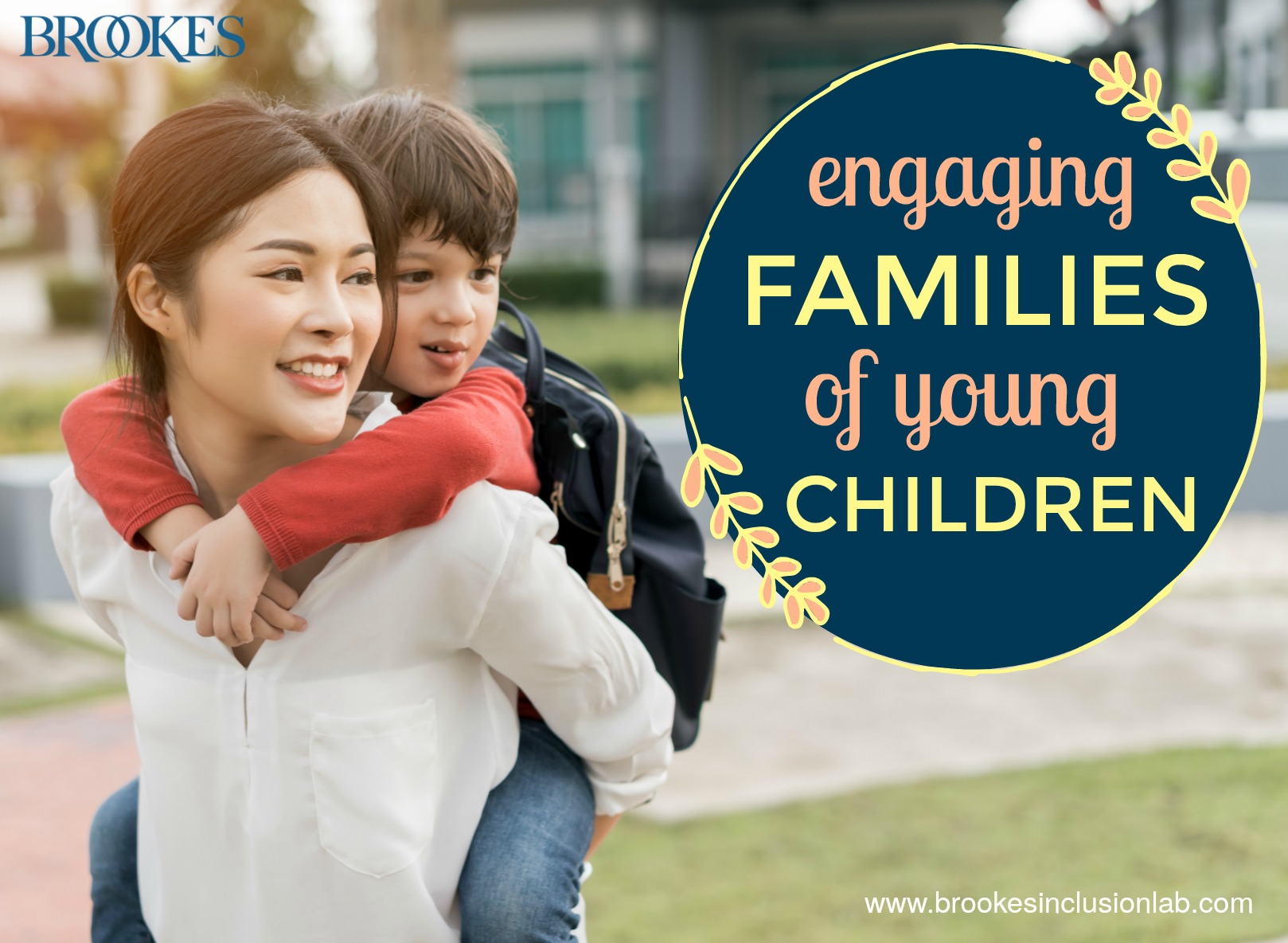
8 Strategies for Engaging the Families of Young Children
February 11, 2020
Promoting Developmentally Supportive Parenting: 3 Key Components to Focus on with Families
May 12, 2020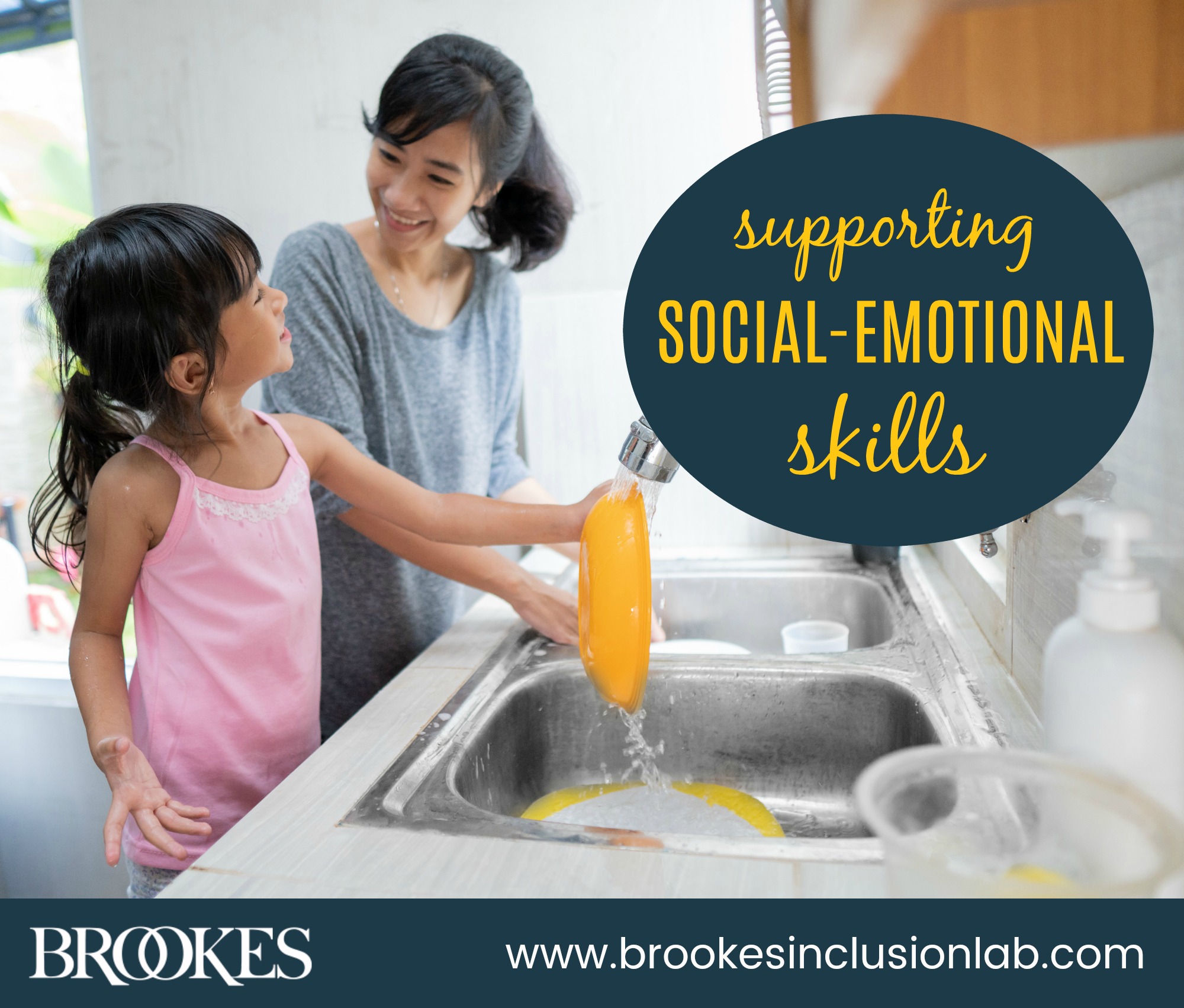

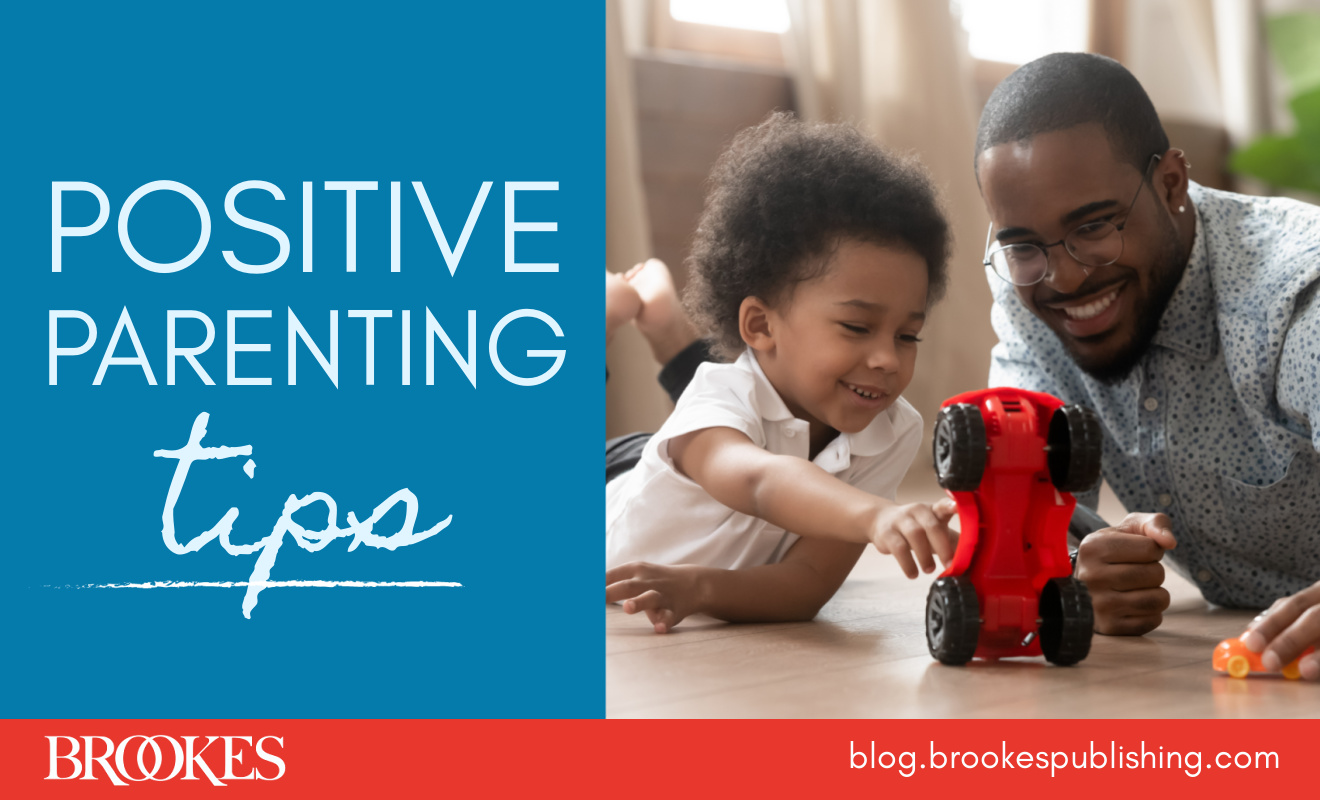

Write a Comment
Your email address will not be published. Required fields are marked *
Post a Comment